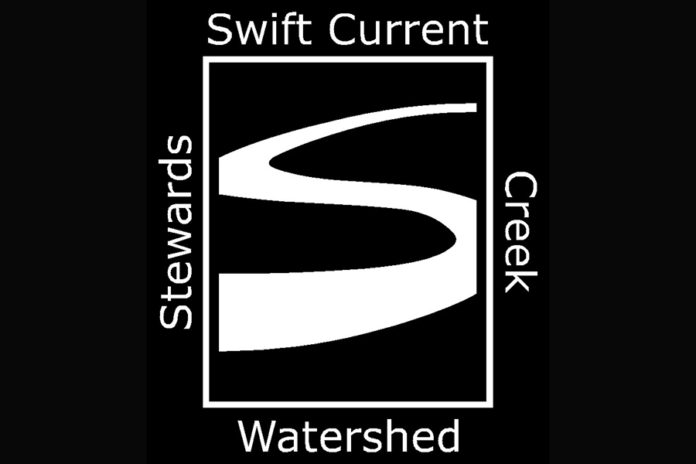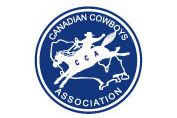A decade comparison of the quality of the water quality and health of the Swift Current Creek basin shows there has been relatively little change over the past decade.
This past Thursday, the Swift Current Creek Watershed Stewards announced the preliminary results of their 2017 Swift Current Creek Water Monitoring Report. They undertook the study to determine if there were many changes since their last monitoring project completed in 2007.
“The general quality index, really everything is in about the same range. So we do not see overall a great amount of difference in the water quality from 2007 to 2017,” explained Kevin Steinley, Executive Director of the Swift Current Creek Watershed Stewards. “It’s mostly TDS (total dissolved solid) levels that’s causing some difference.”
The Watershed Stewards were interested to determine if there were any impacts surrounding changes to the watershed as a result of oil and gas development, development at Lac Pelletier and Duncairn Dam and changes in agriculture practices.
“Some of the impacts that we were worried about I would say really haven’t impacted water quality as much as we thought that they might,” Steinley said.
The study results include the compiled data from collected water quality samples from a series of 10 sites along the creek, and riparian assessments involving fish sampling and counts of macroinvertebrates.
Dallas Peters, the Beneficial Management Practices Technician for the SCCWS, pointed out the riparian health assessments were overall healthy, but some did fall into the healthy with problems and one slipped into the unhealthy range.
“Those with problems are mainly due to invasive species,” she said. “Because there was dominant Smooth Brome, Canada Thistle was a big one that we saw, to Baby’s Breath, just different kinds of invasive species that were kind of lowering the scores at those sites.”
The Watershed’s ability to provide protection of aquatic life and wildlife was generally good, with scores mirroring 2007.
The water quality study accessed water from spots all along the Swift Current Creek, but study results may have been impacted by the hot and dry summer, which results in creek flows being down quite a bit.
“Generally, the 2017 water quality index scores were lower across the board than in 2007. And the reason for this was increases in the levels of Total Dissolved Solids in the water. What we can see is that it’s tied to the increases in temperature, so lower water and less precipitation. So lower water flow, more evaporation, sort of just causing less water and higher concentration of things that make up the total dissolved solids scores.”
In advance of the release of their final report to stakeholders, they will be delivering a draft version of their report to other officials to review their conclusions on water quality.
“Generally the water in the creek is suitable for all uses, but there’s some areas that have issues that need to be studied further, and we’re looking for ways to continue monitoring in these areas.”
“The general quality index, really everything is in about the same range. So we do not see overall a great amount of difference in the water quality from 2007 to 2017. Again, it’s mostly TDS levels that’s causing some difference.”
Because of elevated total dissolved solid levels, which adds salinity in soils, they voiced a concern for city parks and golf courses which use creek water for irrigation. However, some grass species are less susceptible to high TBS levels.
“Some of the levels in the city for TDS were marginally high, and it’s just something to watch for for irrigation because the city uses water from the creek to water the parks and golf courses, is that some of the levels may be harmful to turf grasses.”
They anticipate the finalized report will be released to partner RMs and stakeholders in the near future.






